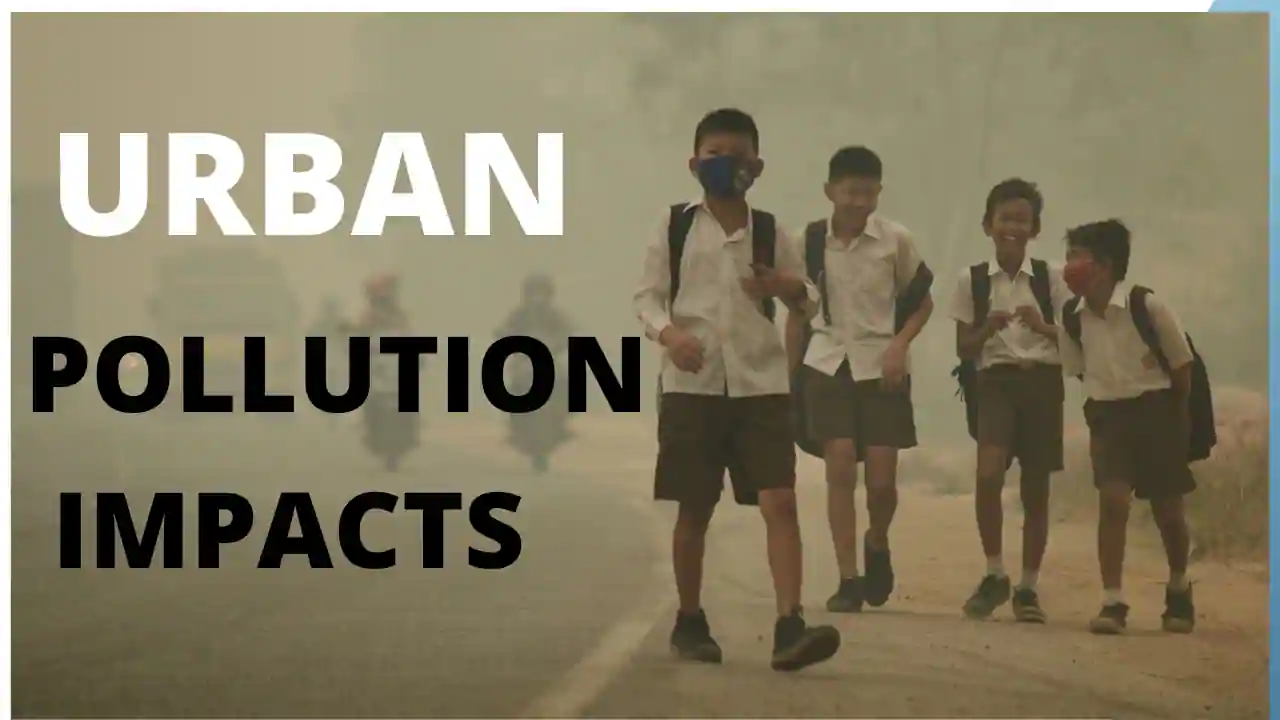In the hustle and bustle of city life, the air we breathe isn’t always as pure as we expect. Recent research, published in The Lancet Planetary Health journal, delves into the concerning connection between urban air pollution and an increased risk of asthma attacks in children. We’ll go over the study’s significant results, learn about the impact of polluting on children’s respiratory health, and look at alternatives for a breath of fresh air. how urban pollution impacts children’s asthma diseases through this polluting air.
recognizing the Research: This study, which was carried out in nine different US locations, looked at 208 asthmatic kids between the ages of six and seventeen who resided in low-income areas.
The research aimed to identify the role of specific air pollutants in triggering non-viral asthma attacks. Surprisingly, the results were eye-opening, indicating a significant association between polluted air and heightened risks of asthma attacks in urban children.
Key Findings
Pollutants at Play: Even at moderate levels, ozone and fine airborne particulates, common components of smog, were found to elevate the risk of asthma attacks in children. This shows the pervasiveness of pollution in the air in metropolitan settings.
Urban Vulnerability
The study emphasized that children in low-income urban areas are particularly vulnerable. The prevalence of asthma attacks caused by pollution in these areas was nearly 30 percent, a strikingly higher rate compared to non-urban environments.
Distinct Changes in Airways
The research also linked elevated levels of ozone and airborne particulates to distinct changes in children’s airways, potentially serving as triggers for asthma attacks. This understanding is crucial in identifying the mechanisms through which pollution affects respiratory health.
Gene Expression Impact
Nasal cell samples analysis revealed that the elevated levels of pollutants affected the expression of genes associated with airway inflammation. This opens doors to potential treatments targeting the genetic impact of pollution on respiratory health.
Public health implications
Dr. Henry Auchincloss, interim director of the National Institute of Allergy and Infectious Diseases, emphasized the importance of reducing air pollution to improve human health, especially in urban areas. This indicates a direct link between environmental policies and public health outcomes.
Targeted Interventions for Urban Communities
The findings underscore the urgency for targeted interventions in low-income urban areas. Initiatives focusing on reducing pollution levels and improving air quality could significantly mitigate the risks faced by children in these communities.
Educational Initiatives
Raising awareness about the impact of air pollution on respiratory health is crucial. Educational initiatives, especially in urban schools and communities, can empower parents and children to take preventive measures.
Personal Air Quality Monitoring
The study suggests a practical solution for individuals with asthma – personal air quality monitors. These devices can act as early alerts, enabling users to take immediate measures to avoid triggers for asthma attacks.
Conclusion
It is clear that our health is directly impacted by the air we breathe when we examine the complex connection between urban pollution and young people’s respiratory health. This study is a wake-up call, challenging us to put public health and environmental sustainability first. Addressing the root causes of air pollution, implementing targeted interventions, and embracing innovative solutions, such as personal air quality monitors, can collectively pave the way for a healthier future. So it’s more than just air purification.
Read More
Home Loan Interest Rates for All Banks in January 2024
Oneplus NORD 30 5G FULL REVIEW and Specifications 2024
Red Dead Redemption 2 System Requirements
Royal Enfield Himalayan 450 Raid: What to Expect in its 2027 Launch



